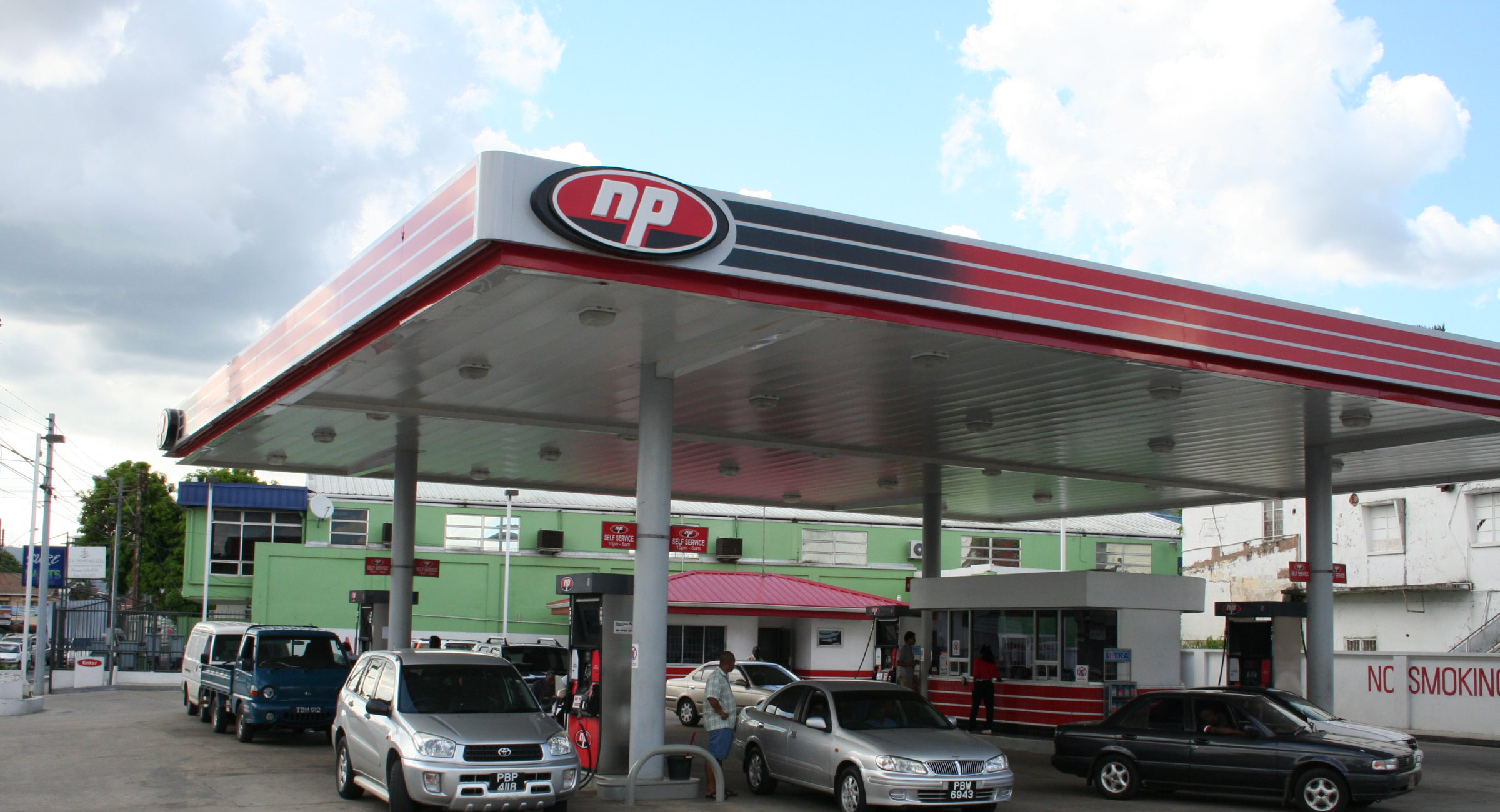
(Energy Analytics Institute, 31.Jan.2021) — Key highlights from the January 2021 Economic Bulletin from the Central Bank of Trinidad & Tobago follow.
— The COVID-19 pandemic continued to have broad-based negative impacts on the performance of the domestic economy, particularly the energy sector.
— Energy commodity prices were significantly impacted by the reduction in global economic activity brought on by the pandemic.
— On the fiscal accounts, a deficit of $1bn was recorded for the first quarter of FY2020/21 (October-December 2020) compared with a deficit of $386.8mn in the corresponding period of the previous fiscal year.
— The global outlook is more optimistic but still uncertain. More broadly, many developing, and some emerging nations will encounter considerable debt servicing problems over time, due to the massive fiscal support they have had to deploy because of the pandemic.
— Though commodity-exporting countries have also been adversely affected, prospects for Guyana’s and Suriname’s oil sectors have improved.
— Preliminary estimates for Guyana suggest mixed performance in the major sectors of the economy during the third quarter of 2020.
— For Suriname, economic and financial challenges led the Government to request IMF support in November 2020 to tackle the country’s macroeconomic vulnerabilities, public debt, and to ease the country back on the path of sustained growth.
— Output in the energy sector waned. Planned maintenance at two large facilities, coupled with a fall in demand for Trinidad and Tobago’s energy exports related to COVID-19 and the resultant closure of several downstream petrochemical plants (Note 1) during the year, resulted in significant declines in the production of natural gas and related energy sector products.
— Lower natural gas production together with planned maintenance at Atlantic LNG Train 2 affected refining activity with output of liquefied natural gas (LNG) and natural gas liquids (NGLs) falling by 19.9% and 20.8%, respectively.
— During October and November 2020, planned maintenance activity at a few facilities continued to affect output. Atlantic LNG’s Train 3 was taken down for planned maintenance during the period, which coincided with similar activity at bpTT, the country’s largest natural gas producer.
— The fourth quarter of 2020 also saw a drop in LNG production at Train 1 amid discussions amongst its shareholders surrounding the future operation of the facility. Natural gas production dropped 29.8% (year-on-year) during October to November 2020 alongside a 46.9% fall in LNG production.
— Budget estimates for FY2020/21 show a smaller deficit of $8.2bn or 5.6% of GDP.
— Trinidad and Tobago’s gross official reserves amounted to $6,953.8mn at the end of December 2020, $24.8mn higher than the level recorded at the end of 2019. T
Note 1: Plants that have closed within the last year include, Yara Trinidad Limited, PCS 02 Ammonia Plant, PCS 03 Ammonia plant, Trinidad and Tobago Methanol Company Plant I (TTMC I) and the Titan methanol plant.
____________________
By Piero Stewart. © Energy Analytics Institute (EAI). All Rights Reserved.

